Keeping your modern cloth nappies clean and hygienic is essential for your baby’s health and comfort. Over time, nappies and inserts can accumulate buildup, which can impact their absorbency and lead to issues like ammonia odour, hard inserts, or even infections. Whether you’re dealing with second-hand nappies, persistent stains, or just looking to freshen up your stash, strip washing and sanitising are necessary steps to ensure your nappies remain in peak condition.
Here, we’ll walk you through the process of strip washing your cloth nappy inserts and liners, followed by sanitising your modern cloth nappies to keep them fresh and functional.
Step 1: Strip Washing Your Cloth Nappy Inserts
Strip washing your cloth nappy inserts is important when you notice they aren’t absorbing properly, if you’ve used fabric softeners by accident, or if they feel stiff from mineral buildup. Here’s how to do it:
Separate Your Inserts:
- Start by separating your inserts from the nappy shells. Strip washing is typically done on the inserts/liners, which are the absorbent parts.
Set Up a Hot Water Cycle:
- Place the inserts in your washing machine and select the hottest water setting (90°C). This helps break down any buildup or residues that may have accumulated over time.
Dry Your Inserts:
- Once the strip wash is complete, tumble dry your inserts on low heat. This helps to soften them and ensures they are fully dry before use.
By incorporating a strip wash into your routine as needed, you’ll maintain the integrity of your cloth nappies and prevent issues like hard inserts or poor absorption.

Step 2: Sanitising Your Cloth Nappies
Sanitising your cloth nappies is crucial to eliminate bacteria, mould, or yeast that may linger after prolonged use or if the nappies have been left soiled for too long. Here's how to safely sanitise your nappies:
Prepare a Bleach Solution:
- Gather your nappy shells, and prepare a bleach solution. Follow the recommended dilution on the back of your bleach packet (typically 1 tablespoon of bleach per 4 litres of water). Use liquid bleach for best results.
Submerge the Nappies:
- Place the nappies in a large container, such as a bathtub or laundry sink, and submerge them completely in the bleach solution. Soak for at least 30 minutes to an hour. This will ensure that any harmful bacteria, fungi, or odours are removed.
Rinse and Wash:
- After soaking, transfer the nappies to your washing machine and run a normal wash cycle at 60°C. The hot water will rinse away any remaining bleach, leaving your nappies clean and fresh.
Dry the Nappies:
- Hang the nappies to air dry or tumble dry them on a low heat setting.
When to Strip Wash and Sanitise
While it’s essential to keep your nappies clean, it’s also important to avoid over-sanitising. Frequent bleach use can wear down the fabric, reducing the lifespan of your nappies. Only strip wash or sanitise when needed—such as after noticing decreased absorbency, strong odours, or if you’re using second-hand nappies.

Keep Your Cloth Nappies Clean and Fresh
By following these simple strip washing and sanitising steps, you can ensure your cloth nappies stay in top shape. Regular maintenance helps your nappies last longer, ensures absorbency, and keeps your baby comfortable. Remember, strip washing should be done when needed, and sanitising is reserved for occasions where deep cleaning is essential.
At Mimi & Co, we’re dedicated to helping you care for your cloth nappies, so you can enjoy all the benefits they bring to your family and the environment. Happy washing!
Kickstart your cloth nappy journey with our best-selling Originals 2.0 Modern Cloth Nappy!








![Tiny Transitions™ Training Undies [January Preorder] - Mimi & Co](http://mimiandco.com.au/cdn/shop/files/tiny-transitions-training-undies-january-preorder-9963304.jpg?v=1762467116&width=1200)







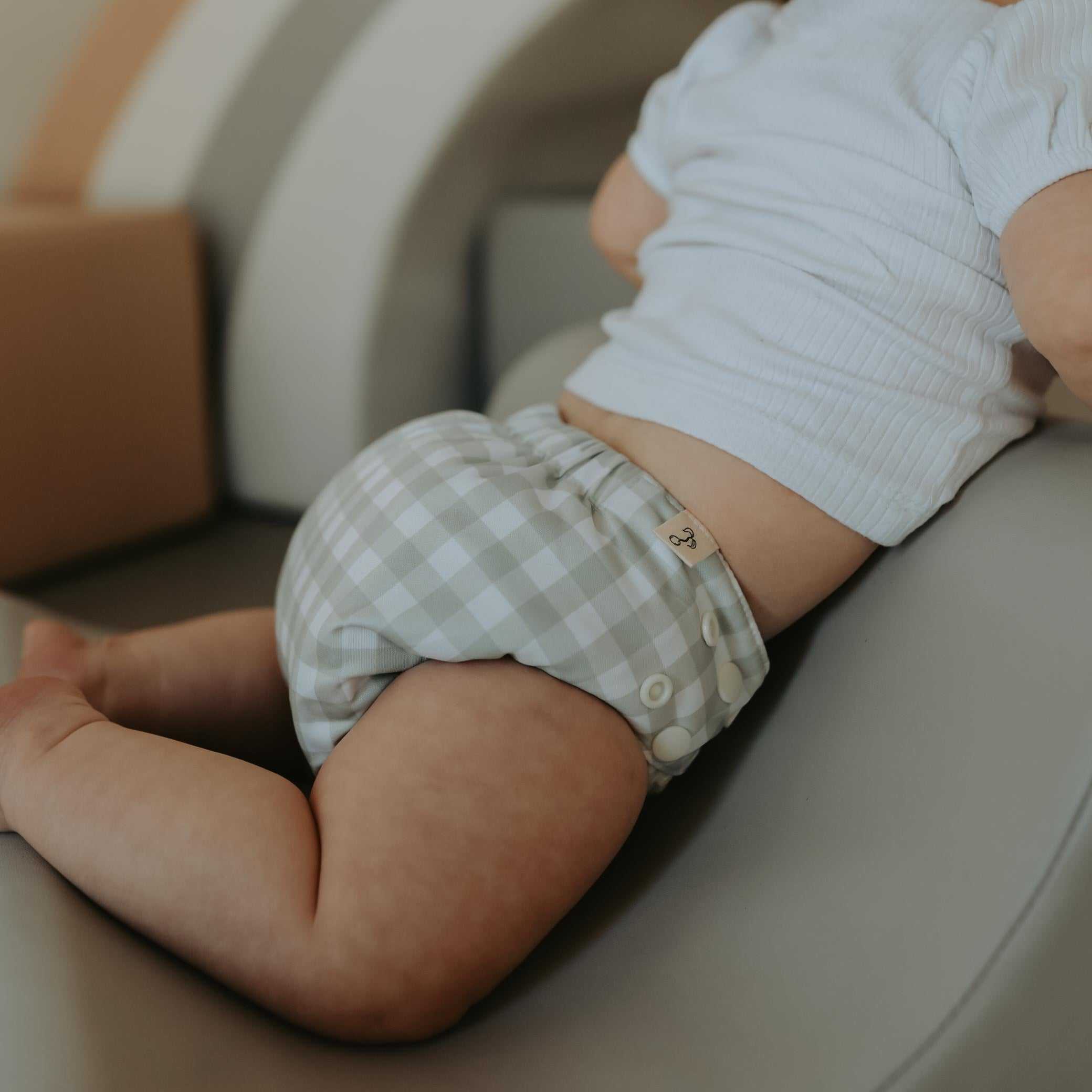
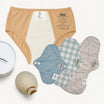
![Reusable Mimi® Menstrual Underwear [Shipping 31/9] - Mimi & Co](http://mimiandco.com.au/cdn/shop/files/reusable-mimi-menstrual-underwear-shipping-319-6508918.png?v=1759809525&width=104)
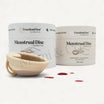
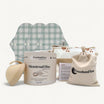
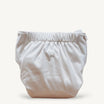
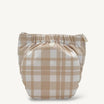
![One Size Fits Most Preflat [PreOrder] - Mimi & Co](http://mimiandco.com.au/cdn/shop/files/one-size-fits-most-preflat-preorder-761880.webp?v=1759809321&width=104)
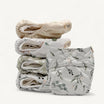
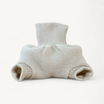
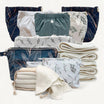
![Tiny Transitions™ Training Undies [January Preorder] - Mimi & Co](http://mimiandco.com.au/cdn/shop/files/tiny-transitions-training-undies-january-preorder-9963304.jpg?v=1762467116&width=104)
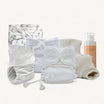
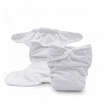
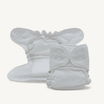
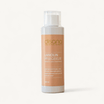
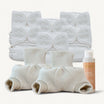
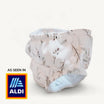
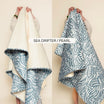
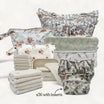
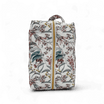
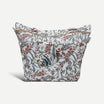
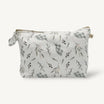
![Wet Bag Small [January Preorder] - Mimi & Co](http://mimiandco.com.au/cdn/shop/files/wet-bag-small-january-preorder-2597700.jpg?v=1762977361&width=104)
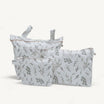
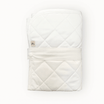
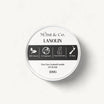
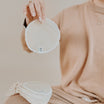
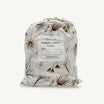
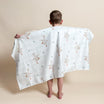
![Reusable Bamboo Wipes [5 Pack] - Mimi & Co](http://mimiandco.com.au/cdn/shop/files/reusable-bamboo-wipes-5-pack-580411.webp?v=1759809433&width=104)
![Organic Cotton Wipes [5 Pack] - Mimi & Co](http://mimiandco.com.au/cdn/shop/files/organic-cotton-wipes-5-pack-7079645.png?v=1759809401&width=104)
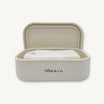
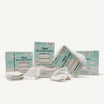
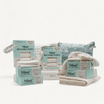
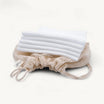
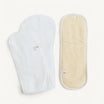
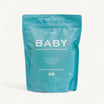
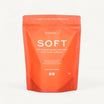
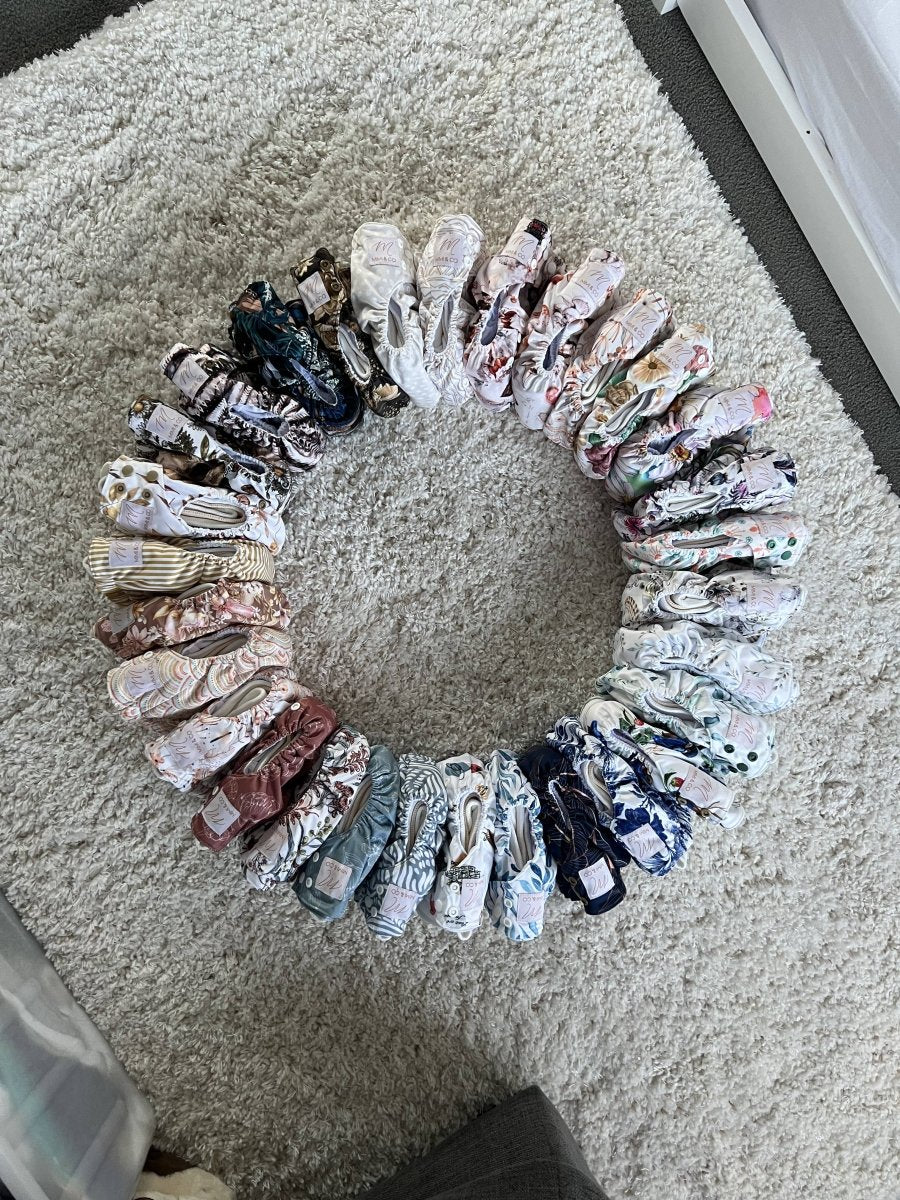

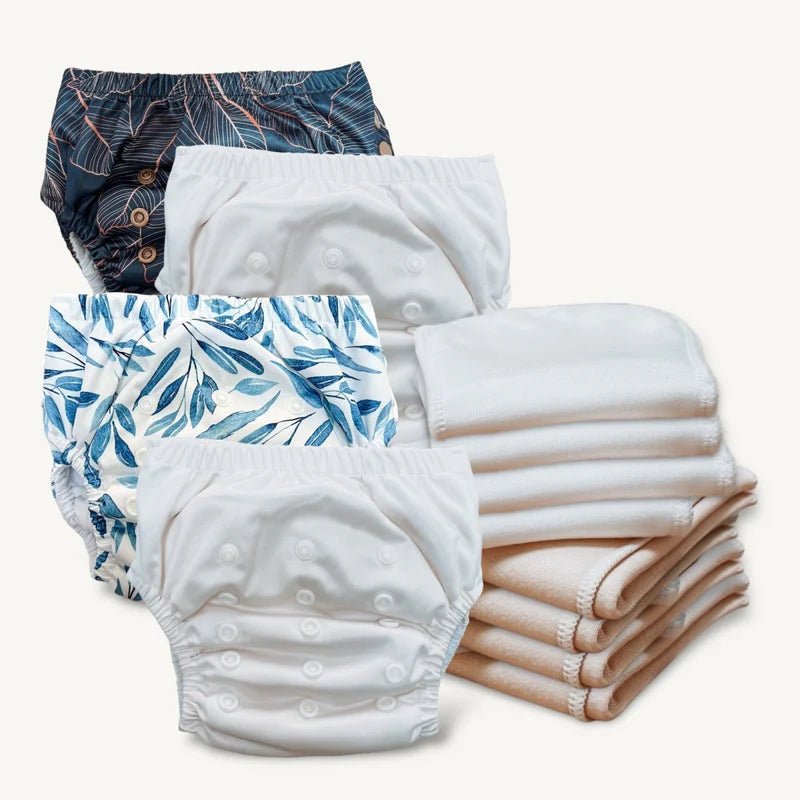




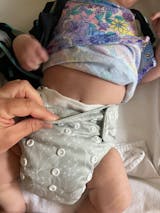
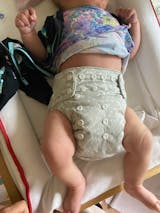
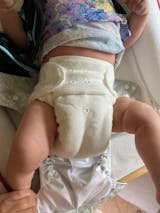
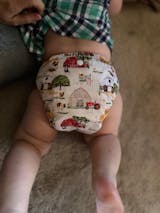
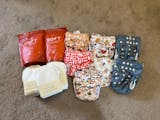
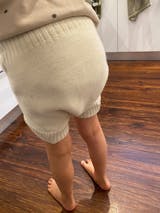





Leave a comment
All comments are moderated before being published.
This site is protected by hCaptcha and the hCaptcha Privacy Policy and Terms of Service apply.